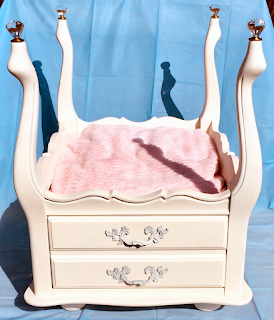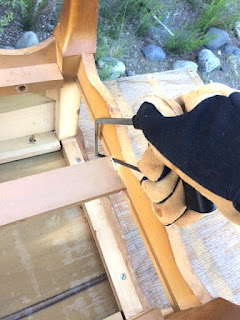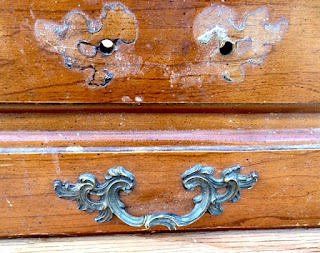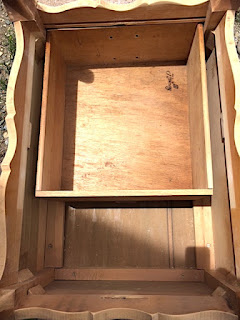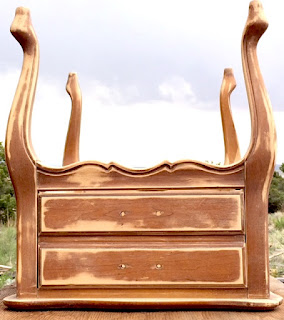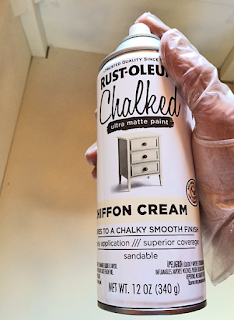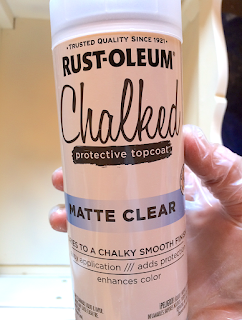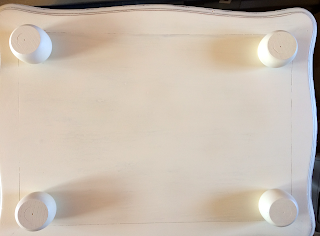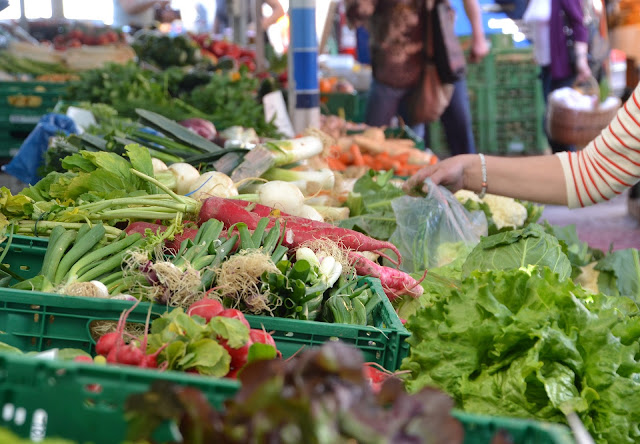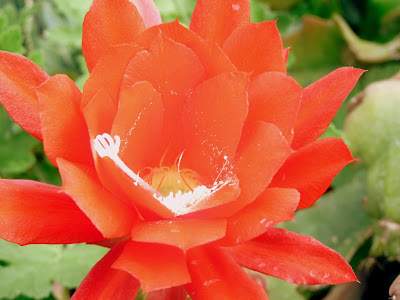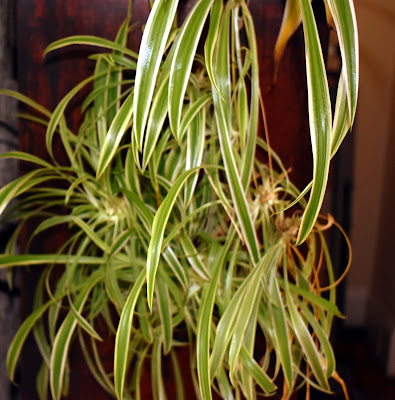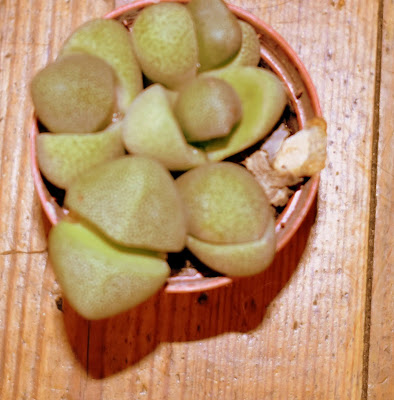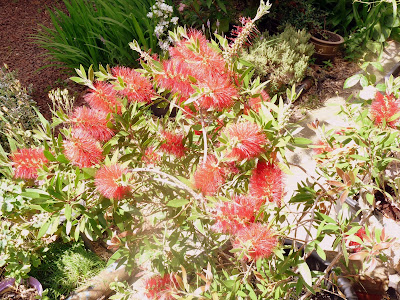So we have all these gorgeous houseplants that look beautiful in our homes
and purify the air for us. All year long we look after them and water, feed
and give them the correct position in our homes for their
wellbeing.
Now the time comes when we go away on holiday, maybe it's just a short
break or maybe it's for 2 or 3 weeks even longer. Our houseplants still need
the same care so how can we go away on our well deserved break and still
have healthy houseplants to come home to?
Many of these methods also work for if you know you will have a time you
cannot take care of your houseplants for example the birth of a baby, a
period of planned hospitalization or surgery. Or if you need to be away for work reasons.
I have left my houseplants for usually about two weeks successfully using
these methods but once or twice I have left them for a month and they have
all been fine.
Some house plants are undoubtedly much hardier than others when it comes to
being left without care for a few weeks. In general my spider plants, mother
in laws tongue, all cacti, succulents and swiss cheese plant are just as
good as the day I leave them.
Other more delicate plants require more considered care and may not be
quite so good at being left a long time. All of mine have survived but just
needed a bit more care on my return.
Check Over Your Houseplants
First, at least a couple of weeks before your vacation do check over your
plants for any signs of damage, pests and diseases and rectify anything that
is wrong. You will want your plants to be as healthy as they possibly can be
before they are left.

|
|
Bird Of Paradise Flower
|
Ask For Help From Friends
Ask a friend or neighbour to come into your house to look after them for
you. If they are not used to looking after houseplants, especially the more
specialised ones, you may need to leave a checklist of what to do or even
take them through it before you leave. If you only have a couple of plants
you might want to take them to your friend's house and put them in the
correct position for them to take care of but for most of us, there will be
too many plants to do that.
Personally, I would always leave instructions for the plants and also label
the plants so the person knows which is which. It is helpful to group plants
that need the same watering regime together as well so that it is quicker
and easier for friends to do that task. My advice is to not assume they know
how to look after your houseplants. Leave concise and clear
instructions.
A lovely gift to say thank you when you return is always
appreciated. You may wish to offer to reciprocate for your friend when they go
away.
Group House Plants Together
Group houseplants of the same needs together in your home before you leave.
For example, those who like shade in a shadier cooler part of your home and
those who like dry conditions so that the friend helping you can know these
are to be watered as much. That way they can derive benefits from each other
and it's easier to help them survive.
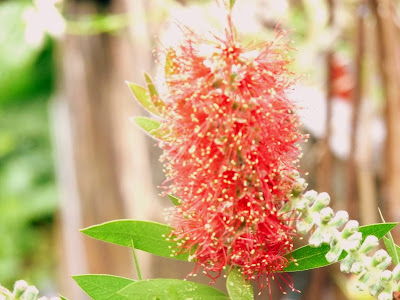
|
| Bottlebrush Flower |
Methods of Watering Indoor Plants
For those plants that do not mind added moisture make sure each one has a
saucer or outer container and give them a really good drink before you go.
There will be excess water that pools into the container but if the plant
can cope with standing water then it should be Ok. Over the time you are
gone they will drink up that excess water.
Do not use this method for any plants that hate being in standing water as
it will certainly damage and likely kill them.
For plants that will not cope with being in standing water but who like
being well watered place them in a tub or bucket or even a bath a few inches
deep of water and leave them there for up to about 20 minutes. Then place
them on a draining area for another hour to let any excess water drain away.
After that, they can go back to their outer pots.
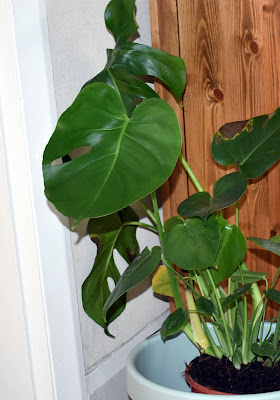
|
| Swiss Cheese Plant |
If you have plants that like being moist, then they can be left in the
bath or sink with a small amount of water so that the roots can access water
at all times. Only use this for plants that can cope with being in a wet
environment.
For others that like humidity, you can place them on a tray of pebbles
and water the tray so that all the pebbles are covered. If the plants are
well watered just before you leave, this should be enough moisture to enable them to be alright for about two
weeks.
Move Houseplants
For most plants, I would suggest moving them out of areas where they get
direct sunlight. A partial shady cooler spot is best if you cannot water
them regularly, even for sun loving plants.
I would also remove any away from near radiators or heat sources and out of
very hot windowsills. If you cannot move them all give them shade by drawing
blinds or partially closing curtains.
Plant Watering Spikes Devices
For plants where you really need to keep them regularly watered you can buy
water drips which I have used effectively for specific plants. You put them
deep into the compost and use with a wine bottle or a plastic bottle that
fits the end of the spike. You may need to support the bottle in the
pot.
You can make home made versions with holes in plastic bottles, but I have
not had the same success with them. I always seem to get too much or too
little water dripping so I just find it easier to stick with these.
I prefer the terracotta ones as they just seem to work better, get less
clogged with soil and also are reducing our plastic use. Water is absorbed
through the terracotta and into the soil. However, they are much more
breakable so need to be used with more care.
Rather than just forcing them into the plant pot it is best to dig out a
specific hole for it first. That way you can ease it in without hopefully
breaking the terracotta and causing possible damage to roots. You do need
to make sure that most of the spike is under the soil as it helps with
stability and less risk of breakage. Check the bottle fits neatly and easily into the spike as a trial
run. Wine bottles will be heavier than plastic bottles so bear that in
mind also. Then carefully place the bottle into the spike. It is better if
the soil is moist before you go away as it will last
longer.
Do test out this method a few weeks before you go away to make sure it
works for you and that your plants receive the water they require. Some
plants may need one spike, others may need two to get sufficient water.
You may also need to experiment with how much water you put in the bottle
for the plant to be happy
Cacti And Succulents
To avoid this issue altogether, or simply feel it will be too much, too
often to cope with the watering methods suggested here the solution is to
choose plants to suit you and your life.
In general cacti and other succulent plants will cope just fine without
being watered while you are away up to about a month, as long as they are
healthy and well looked after before you leave them.
These plants do need water but not as much as most other plants and do very
well if you are away a lot or for a long time. Do take account of their
individual needs and take care with the siting in your home so they do not
get scorched by sun or too shaded.
I think they are really interesting and attractive plants to have in our
homes. If you travel often for more than a week or go away for very long
vacations or work trips, these will be the easiest and most successful
plants for you to keep as your houseplants.

|
| Cacti |
Capillary Matting Or Rope For Watering
Another suitable method for watering plants is to use capillary matting or
a cord. Simply attach the cord or matting to a water source like a tray or
bucket filled with fresh clean water and pop the other end into the
houseplant.
A tip is to thoroughly wet the cord or material before attaching it to the
water and the houseplant. You will find it best to bury the cord
firmly into the soil. Also, I find it better if the water source is slightly
higher than the plant pot.
Do be aware that the cord can drip water onto the floor or surface between
the water source and the plant so either put down a drip tray or put the
arrangement somewhere it will not matter so much like on a sink, in the bath
or on a waterproof surface. This is a good method of watering but can take
up a bit of space.
This will be perfectly adequate while you are on holiday. Again do test out
before you need it. Experiment with how much water you need at the source
and how much capillary rope or matting you need per plant.
I tend to use a mix of the capillary rope and the plant watering spikes for
my plants that need a constant water source.
Taking Indoor Plants Outside?
You can consider taking some hardy houseplants outside in a sheltered spot,
though I think this is the riskiest strategy. I have not done this with most
of my houseplants, except for the Bottlebrush as it lives on our warm and
sheltered porch most of the year so is hardier but does like to be outside
in the summer. Our weather is too unpredictable even in the summer ranging
from very sunny, hot and dry to rainy downpours, windy and cold snaps, to
risk it with my other indoor plants, but it may suit your climate.
Personally, if I was going to do this I would try it out first while I was
there for a few days or a week to see how the plants coped. That way if any
of them looked unhappy you can bring them in immediately.
I would also be very careful which plants I put outside, only the
healthiest and most hardy, who could cope with the potential weather
changes.
When You Return, Check Your House Plants
Once you are back home do check every one of your plants over for any signs
of ill health, pests, or disease and treat them as needed. For those that
have not had access to water do give them a good drink. Move all the plants
back to their optimal conditions in your home.
I have used pretty much all these methods to some degree over the years and
most of my house plants have been healthy and survived while I have been
away on my holidays. They will thank you for the time and care you took over
their well-being and give you pleasure and joy for the rest of the
year.
More Houseplant And Gardening Articles
Note: The author may receive a commission from purchases made using links found in this article. “As an Amazon Associate, Ebay (EPN), Esty (Awin), and/or Zazzle Affiliate, I (we) earn from qualifying purchases.”











 United States Lighthouse Board, Public domain,
United States Lighthouse Board, Public domain,  Photo by @Sylvestermouse (2021)
Photo by @Sylvestermouse (2021)
